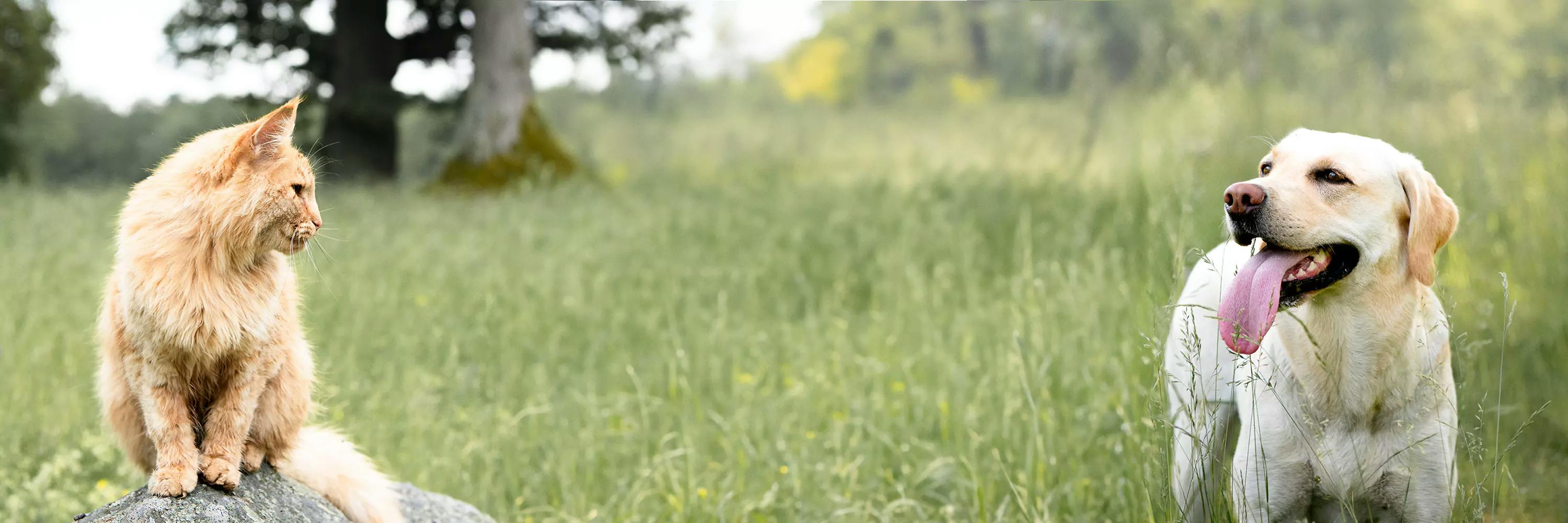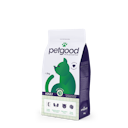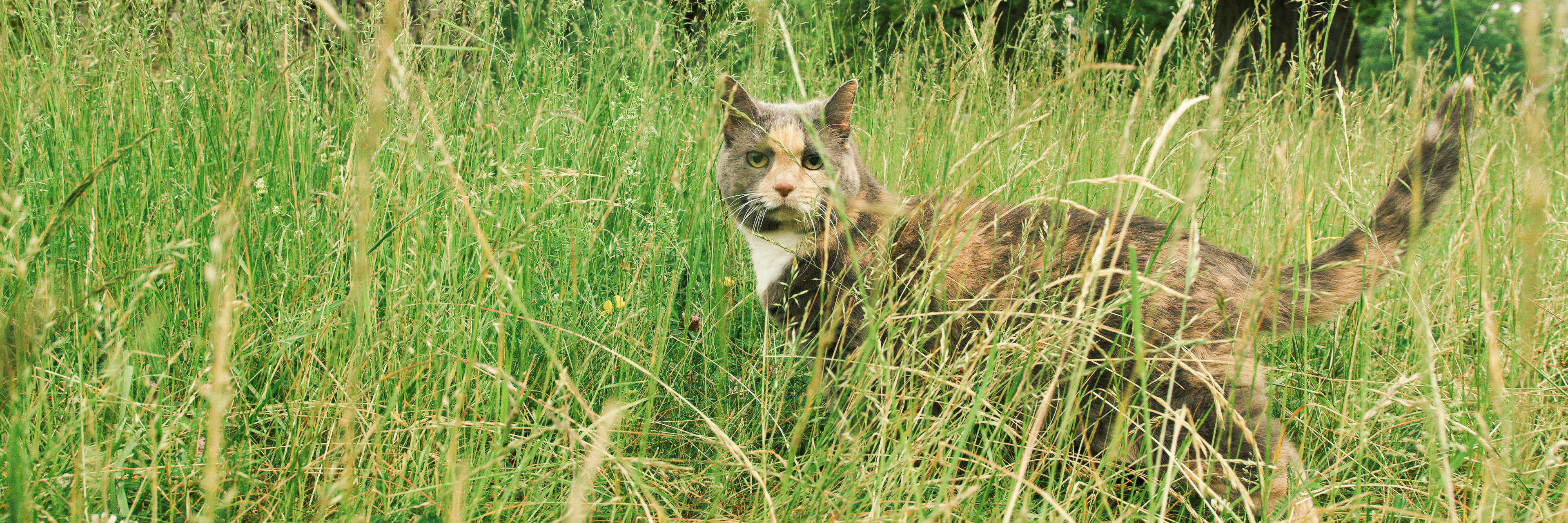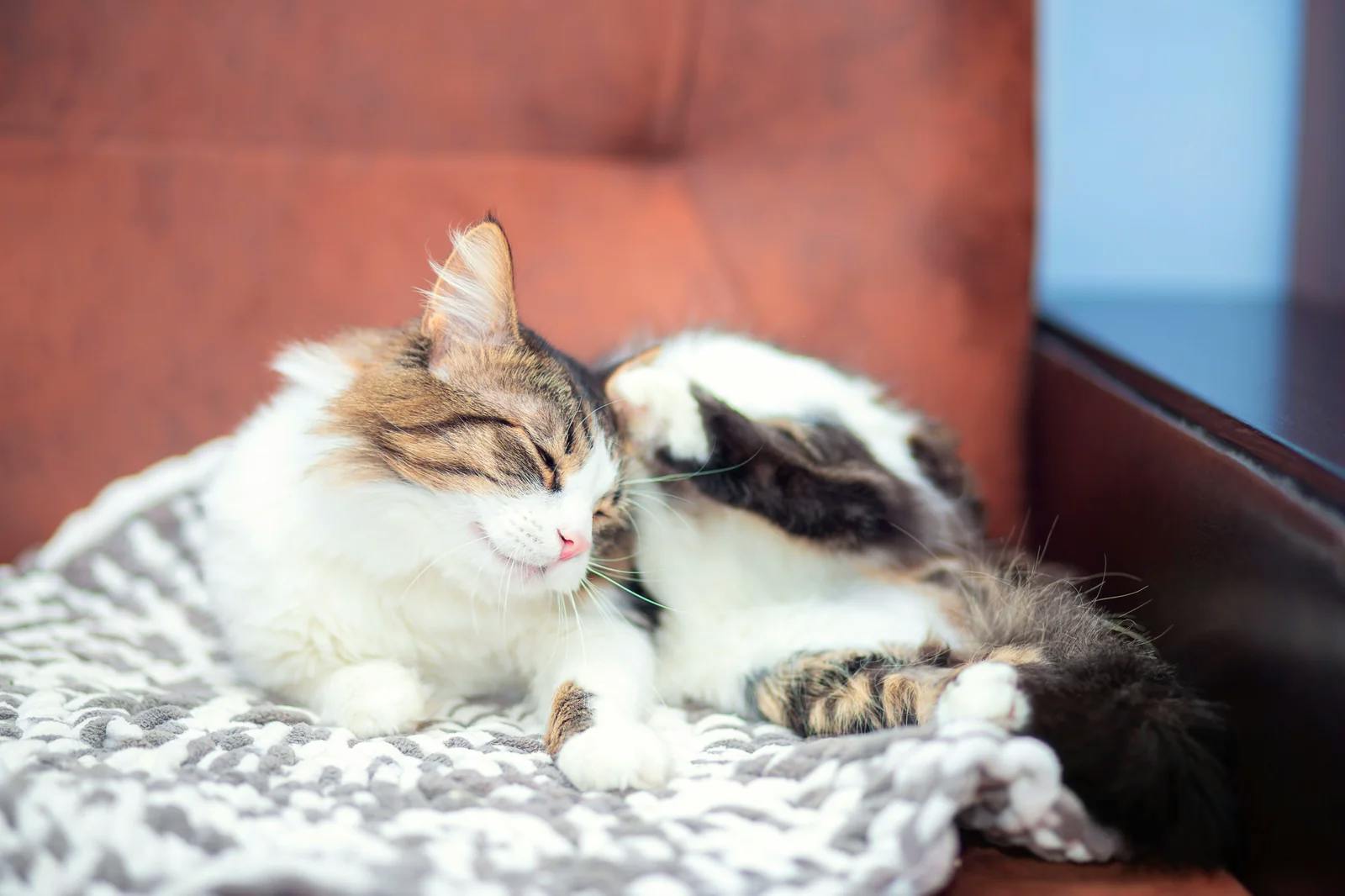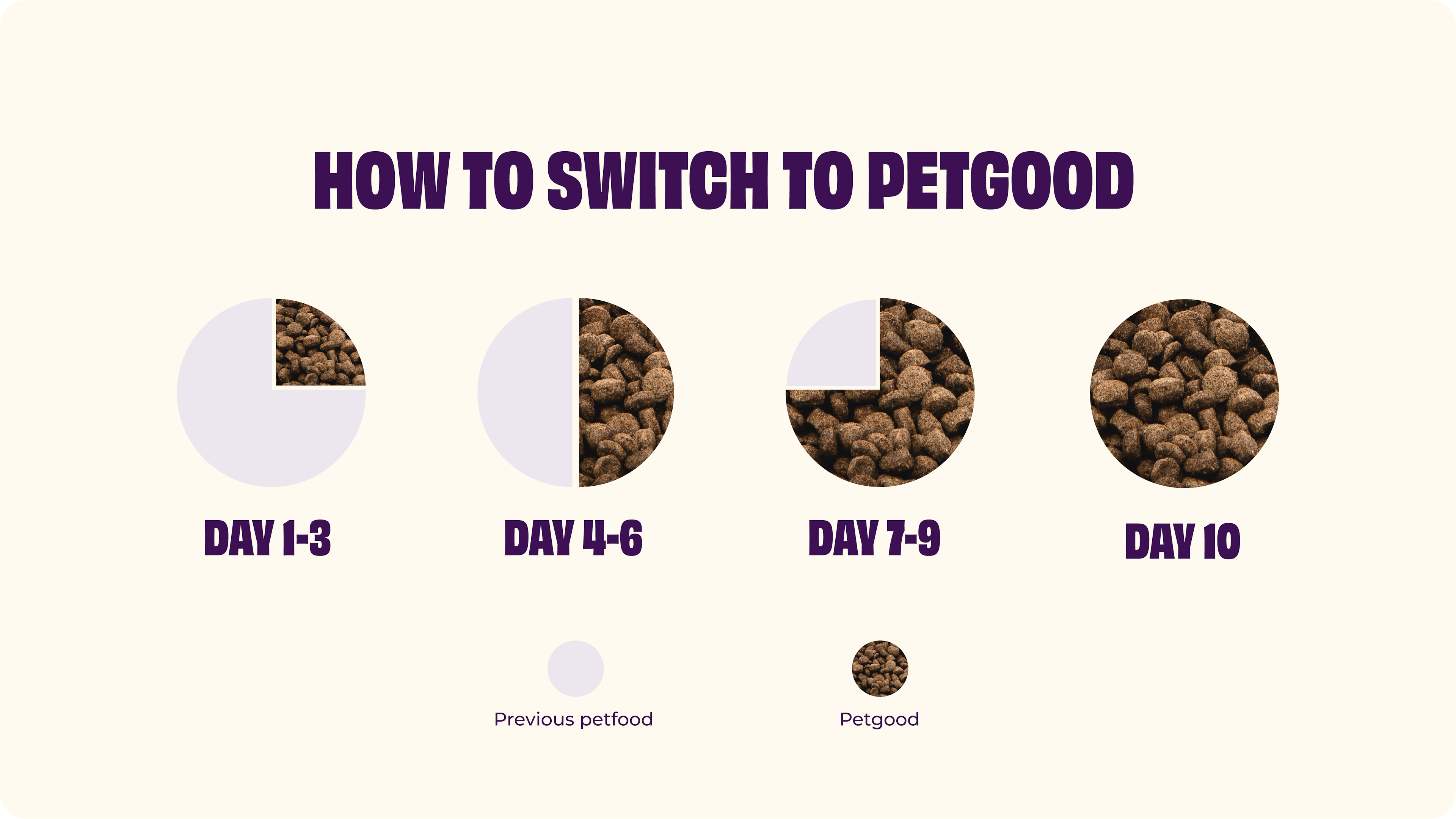Active location:
Select your country:

How much food should a cat have?
When it comes to dogs, most owners give food 2-3 times a day, with a carefully measured daily ration to make sure it’s not too much, nor too little. But our cats are free spirits in more ways than one - most cat owners fill the bowl when it's empty and then the cat takes care of it on its own, eating when it feels like it. But is it really the right way?
The right body condition is important for a healthy cat
A lot of cats get free access to dry food, but with that, unfortunately, comes a problem - obesity. The conception that our pet cats can regulate themselves so that they eat the perfect amount is a myth, as approximately 50% of cats in Sweden today are overweight. Dry food is energy-dense, and most cats therefore tend to overeat if they have free access. Being overweight is linked to an increased risk of several diseases, such as diabetes, urinary tract diseases and joint problems.
How much food should the cat have per day?
To determine how much food your cat should have, you should use the food's feeding guide. You should always assess the cat's body condition and adjust the feeding accordingly. By following feeding guides and taking the cat’s body condition into account, you can determine how much food the cat should eat per day.
If your cat is slightly too round already, you should lower the daily dose. You can then divide the ration into portions throughout the day. If you feel that the cat has gained or lost weight after a couple of weeks or a month, adjust the amount accordingly and increase or decrease the portions.
Our feeding chart for adult cats is based on the cat's weight and activity level. If your cat is neutered or an indoor cat, we always recommend starting from the lower activity level. If you have an active outdoor cat or a cat that has a harder time maintaining weight, you can start from the higher one.
How often should the cat have food?
Then we come to a challenge - cats want to snack. The cat naturally catches many small prey, and therefore eats little but often. When you look at the eating behavior of domestic cats, you see that they like to eat about 10-14 times a day if they can choose for themselves. It can then become a little problematic, because few pet owners have the opportunity to feed the cat so many times.
There are both technical and creative solutions to the problem. A technical solution is to get an automatic feeder, which you then set to the amount and number of feedings, and then it dispenses the cat's daily ration as many times a day as you wish.
A slightly cheaper solution can be to buy a labyrinth or feeding toy, as it might be sufficient that you top it up two or three times a day. Most cats then do not eat everything at once, but have to work a little to get a few pieces, and then go and rest for a while before they are motivated to work again for their food. This method is also good as it gives the cat both physical and mental stimulation, and becomes more like the cat's natural behavior as you first have to make a little effort before getting food! Here, only the imagination sets limits - many feeding toys you can build yourself from old egg cartons or toilet rolls, and let the cat figure out how to get the food.
A third option is simply to test - try to start limiting the food and feed the cat, for example, three times a day. Some still only eat a little and save half the portion for later. Does your cat eat it all in one go and then screams for more until the next time it's time to eat? Yes, then it might be better to give it a challenging toy to work with!


